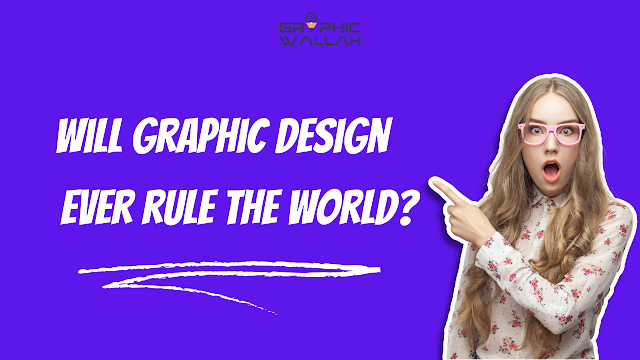The Future of Graphic Design: Will AI Replace Human Creativity?
In recent years, the rise of artificial intelligence (AI) has sparked debates about its potential to disrupt various industries. Among these discussions is the question of whether AI will replace human creativity in graphic design. As AI technologies continue to advance, it's natural to wonder how they might impact the future of this artistic field. In this blog, we'll explore the intersection of AI and graphic design, examining the current landscape, potential benefits, and the enduring value of human creativity.
Understanding AI in Graphic Design:
Before delving into the debate, it's essential to understand the role of AI in graphic design. AI algorithms are capable of analyzing vast amounts of data, identifying patterns, and generating designs based on predefined parameters. These AI-powered tools can automate repetitive tasks, streamline workflows, and offer suggestions to designers, enhancing productivity and efficiency.
The Rise of AI in Design:
AI has already made significant strides in various aspects of graphic design. For instance, AI-powered tools can assist in generating color palettes, selecting fonts, and even creating basic layouts. Companies like Adobe, with their Adobe Sensei platform, and Canva, with their Canva Design Assistant, have integrated AI into their design software, offering users intelligent features that augment their creative process.
Benefits of AI in Graphic Design:
The integration of AI into graphic design comes with several advantages. One of the most significant benefits is increased efficiency. AI-powered tools can automate repetitive tasks, allowing designers to focus on more creative aspects of their work. Additionally, AI can help designers explore new ideas by generating alternative designs or providing suggestions based on user preferences and trends. Moreover, AI algorithms can analyze data and user feedback to optimize designs for better engagement and effectiveness.
Challenges and Limitations:
While AI holds promise for the future of graphic design, it also presents challenges and limitations. One concern is the potential loss of human creativity and originality. While AI can generate designs based on existing patterns and data, it may struggle to replicate the depth of human emotion and imagination. Furthermore, there are ethical considerations surrounding AI-generated content, particularly regarding copyright and intellectual property rights. Additionally, there is a risk of overreliance on AI tools, which could lead to a homogenization of design styles and a lack of diversity in creative output.
The Human Touch:
Despite the advancements in AI technology, human creativity remains irreplaceable. Graphic design is as much about storytelling, emotion, and expression as it is about aesthetics and functionality. Human designers bring unique perspectives, experiences, and insights to their work, infusing designs with personality and authenticity. While AI can assist in the design process, it cannot replicate the intuitive understanding and emotional connection that human designers bring to their craft.
Collaboration, Not Replacement:
Rather than viewing AI as a threat to human creativity, it should be seen as a valuable tool for collaboration and innovation. By embracing AI-powered tools, designers can enhance their workflow, explore new possibilities, and push the boundaries of their creativity. AI can automate mundane tasks, freeing up time for designers to focus on more strategic and imaginative aspects of their work. Moreover, AI can facilitate collaboration among designers, developers, and clients, enabling more efficient communication and iteration throughout the design process.
The Future of Graphic Design:
In the future, the relationship between AI and graphic design will likely continue to evolve. As AI technologies become more sophisticated, they may be capable of emulating human creativity to a greater extent. However, rather than replacing human designers, AI is more likely to augment their capabilities, empowering them to achieve new levels of innovation and efficiency. The key lies in striking a balance between AI automation and human ingenuity, leveraging the strengths of both to create compelling and impactful designs.


Comments
Post a Comment